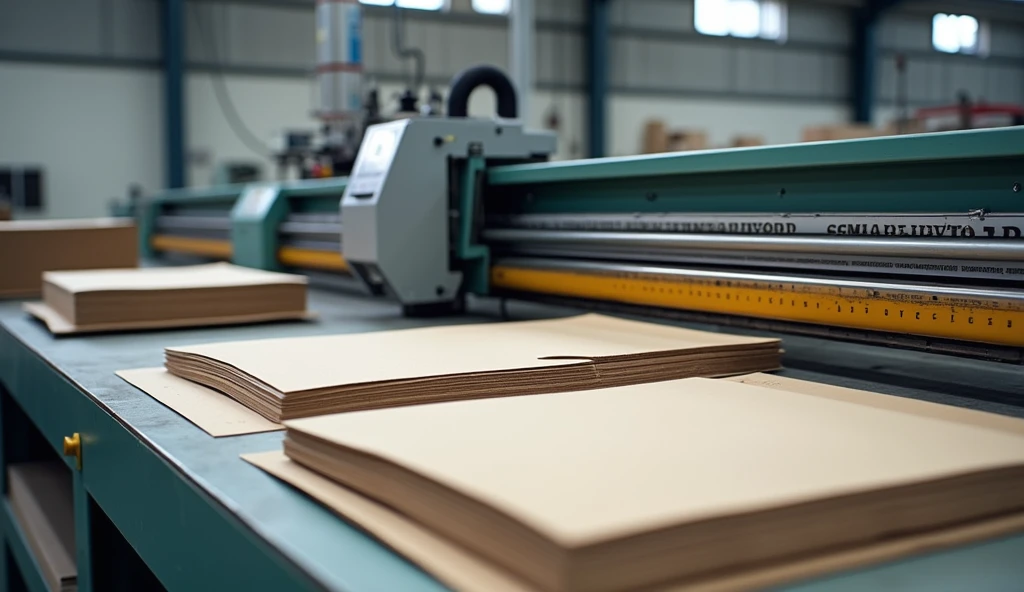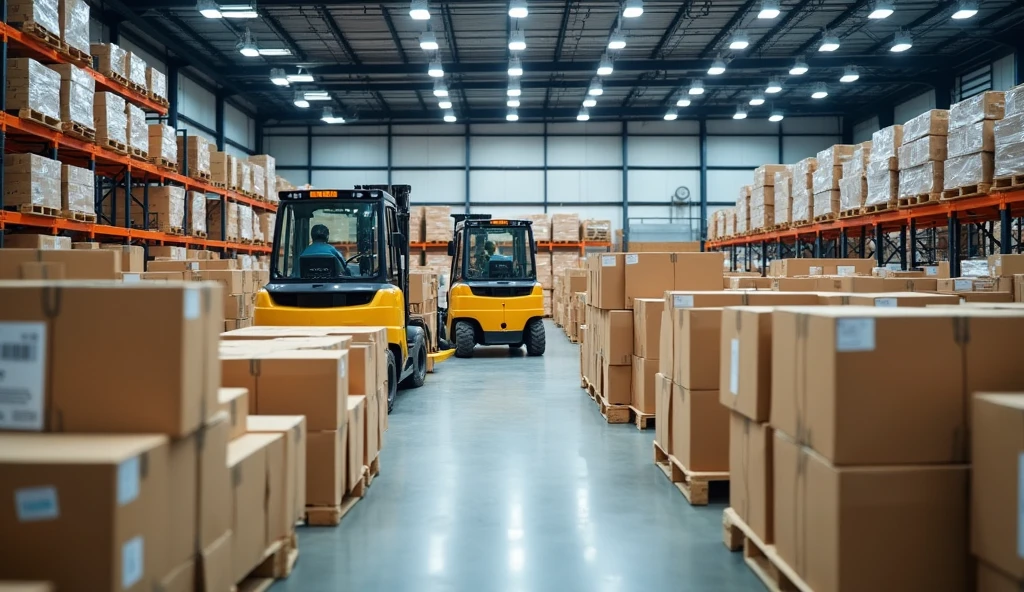Packaging is not just about protecting a product; it’s an essential element of the brand’s identity and marketing strategy. Effective box packaging design creates a lasting first impression, communicates brand values, and stands out on crowded store shelves. This article will guide you through the essential elements of a design guide file for box packaging to maximize impact and engage your customers.
The design of a product's packaging significantly influences consumer behavior. Studies show that attractive packaging can entice shoppers, making them more likely to purchase a product. It appeals to the buyer's emotions and often serves as the first point of interaction between a consumer and a brand.
Box packaging is a direct extension of your brand identity. Consistent use of colors, logos, and typography helps consumers easily recognize your products. Consider how iconic brands like Coca-Cola leverage packaging to reinforce their brand image—your packaging should do the same.
Ultimately, the primary purpose of packaging is to protect the contents inside. Strong packaging prevents damage during transportation and enhances the product's shelf life. For example, rigid boxes or cushioned interiors can safeguard fragile items, while eco-friendly materials can appeal to conscious consumers.

Dielines are essential for outlining the layout of your packaging. They act as templates for cutting and folding the box. When creating an artwork design, ensure your visual elements are correctly positioned to align with the dieline. Professional design programs like Adobe Illustrator allow you to create precise dielines, making it easier to incorporate logos and text seamlessly.
Selecting the right material is crucial for both form and function. For instance, eco-friendly paperboard or corrugated material offers durability while reflecting your commitment to sustainability. The weight and strength of materials also impact shipping and unboxing experiences, so it's necessary to balance quality and cost.
Understanding the various printing techniques available can enhance your design’s impact.
Working with experienced packaging companies can streamline the design process. They can offer insight into market trends, advise on material selections, and provide professional design recommendations that can heighten the quality of your packaging.
As sustainability becomes an increasing priority for consumers, embracing eco-friendly practices in your packaging design can differentiate your brand. Consider using recyclable materials or biodegradable options to establish a positive environmental reputation.
Leverage technology to enhance your packaging design. Tools like CAD software can provide a 3D view of your packaging before production. Moreover, features such as QR codes can engage consumers by offering additional product-related content.

Before sending your design files for printing, ensure they meet technical specifications. This includes adhering to the required dimensions, resolution, and bleed edges. Prospective print shops often have specific guidelines, so it’s crucial to verify these details.
Quality control is essential in the design process. Always check for any typos, color discrepancies, or alignment issues in your design files. Consider using mockups to visualize how your final packaging will look once printed.
When finalizing design files, ensure that they are saved in a compatible format such as AI, PDF, or EPS. This allows for ease of editing and maintains the quality of graphics during production.
The box packaging design process plays a pivotal role in how your products are perceived in the market. By focusing on essential components such as dieline setup, sturdiness, printing techniques, and ensuring quality control, you can significantly enhance the effectiveness of your packaging.
Remember, every facet of your design reflects your brand's story. Crafting an appealing box packaging design is a journey that requires careful planning, creativity, and collaboration. Adopt these best practices, and your product packaging will not only protect your goods but also create memorable experiences for your customers.
Dielines serve as templates that outline how to cut and fold the packaging, ensuring a precise fit for your graphics and text.
Consider factors like the product’s weight, required durability, environmental impact, and any specific branding requirements when choosing packaging materials.
Offset printing is best for high-quality designs, while digital printing is ideal for short runs. UV printing works great for vibrant designs on various materials.
Yes, using eco-friendly materials can boost your brand reputation and appeal to consumers who prioritize sustainability.
Verify that your files meet all technical specifications, including dimensions, bleed edges, and file format. Performing quality control checks before submission is critical.
This comprehensive guide aims to provide you with valuable insights into the essential elements of designing effective box packaging. It is your starting point to ensure that your products not only stand out on the shelf but also resonate with consumers.